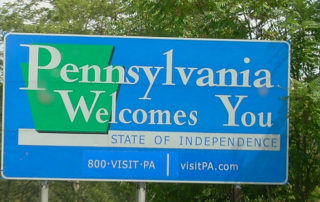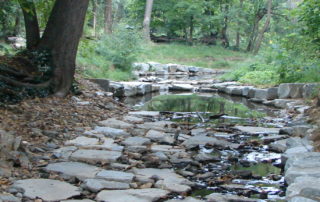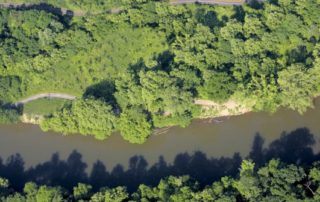Road Salts in the Baltimore Reservoir System
As most of you probably experienced, last winter’s historic snowstorm Jonas, aka Snowzilla, was massive. In fact, it was the largest snowfall ever recorded in Maryland, at 29.2 inches (1). Baltimore County alone spent $9.4 million to clean up after Snowzilla, using over 21,031 tons of salt (2). This is not at all unique to this area; the U.S. sprinkles down around 137 pounds of road salt per person annually to melt ice that forms on roadways, airports, and walkways (3). This number is likely to keep rising as development continues, creating more impervious surfaces to de-ice. Studies by Baltimore [...]










